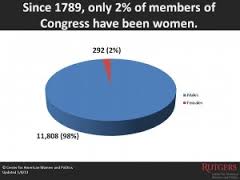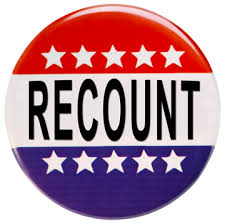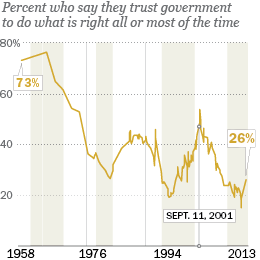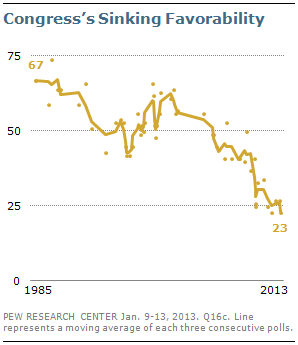 PEW just posted a quick look at the 115th Congress that began in 2017. See Report: Click Here They looked at 5 demographic factors.
PEW just posted a quick look at the 115th Congress that began in 2017. See Report: Click Here They looked at 5 demographic factors.
- How ethnically diverse? PEW reports: “The current Congress is the most racially and ethnically diverse ever. Nonwhites – including blacks, Hispanics, Asians/Pacific Islanders and Native Americans – now account for 19% of Congress.” How does it compare to the past? In 1945, just 1% were non-whites. So better than the past. Yes. But how does it compare to the nation as a whole? 38% of the nation is nonwhite. So, there is still progress to be made here. Note: the chart they use is not helpful. It shows the breakdown by ethnicity but does not include whites, so the reader has not sense of the percentages of the whole.
- How are women doing? It is slow. “Women now hold 104 seats, or about one-in-five overall (19%), tying the record set by the 114th Congress.” Their chart shows the percent of women in the senate and the house separately, over time, but do not show the overall percent over time. . However, they do acknowledge that women comprise 51% of the population, so they are still under-represented. Center for American Women and Politics puts it in a bigger picture:
 For More info From CAWP Click Here
For More info From CAWP Click Here




